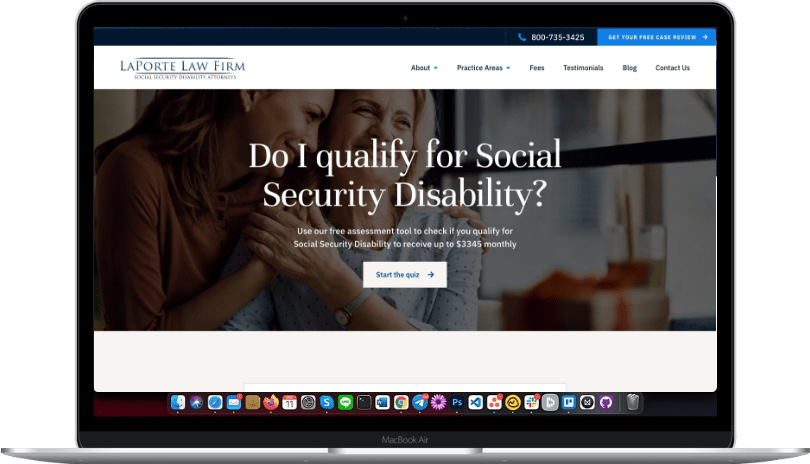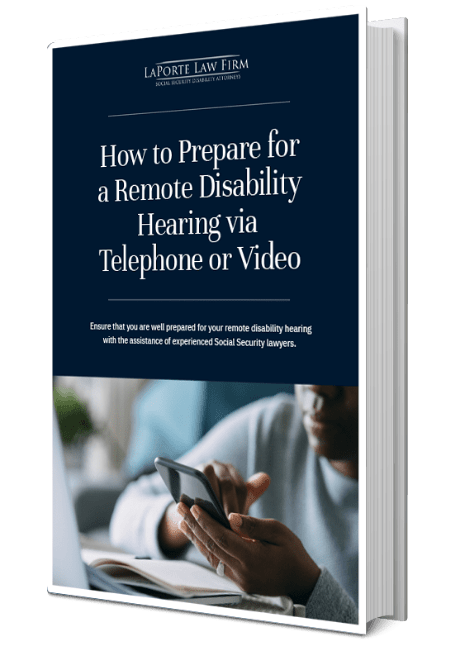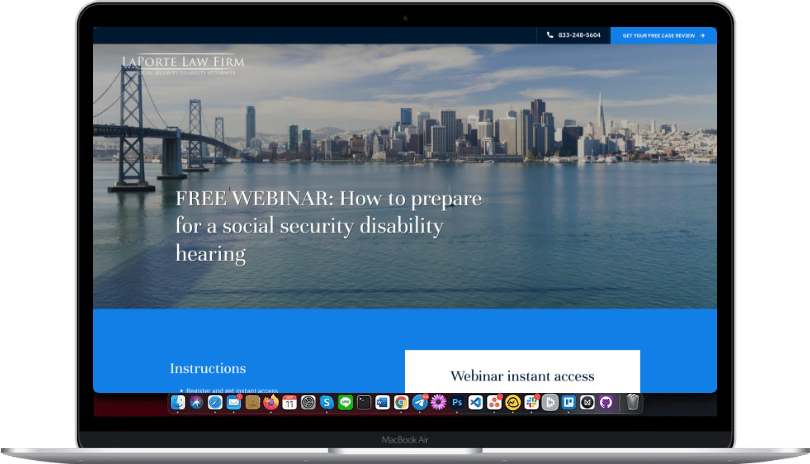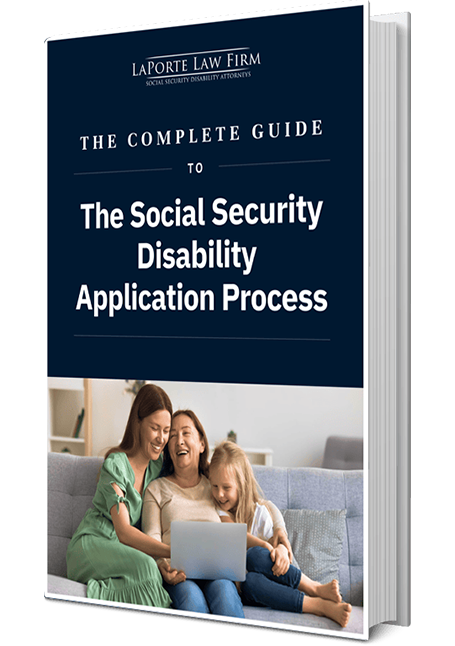
For the first time since the 1980s, the Social Security Administration (SSA) will soon expand access to the Supplemental Security Income (SSI) program by updating the definition of a public assistance household. What are the implications of this change?
The SSA’s New Rule
Effective on September 30, 2024, the SSA is broadening the definition of a public assistance household for the Supplemental Security Income program.
The new rule defines a public assistance household as one that has both an SSI applicant or recipient, and at least one other household member who receives one or more of the listed means-tested public income maintenance (PIM) payments. A public assistance household is a household in which one or more members receive benefits or aid from government programs designed to support low-income families and individuals. These benefits can include food stamps, housing assistance, Medicaid, and other forms of financial support.
Specifically, the SSA is revising the criteria to include households where not all members receive public assistance.
This update marks the first modification to include SNAP benefits in the definition of public assistance households since 1980 and with these adjustments, the SSA intends to align with the current landscape of means-tested benefits in the United States.
How Does This Change Affect You?
If you’re applying for or currently receiving SSI benefits, here’s how the new SSA rule will affect your eligibility, your benefits, and the frequency of reporting your wages to the SSA.
Eligibility
As mentioned above, the revised definition of a public assistance household has the potential to expand the number of households eligible for Supplemental Security Income.
The SSI program imposes strict assets and income limits to determine eligibility and benefit amounts. For instance, individuals must generally have limited income and resources to qualify for SSI benefits, with the exact limits varying by state. Income received from sources such as In-Kind Support and Maintenance (ISM), which includes food and shelter provided for free or at a reduced cost, can reduce the monthly SSI benefit amount. This reduction occurs because ISM is considered as income “in kind,” affecting the recipient’s total income calculation. Therefore, even if a household’s total income remains low enough to qualify for other means-tested payments, the presence of ISM can reduce the SSI benefit amount received by the eligible individual. These regulations aim to ensure that SSI benefits are targeted to individuals with the greatest financial need, considering all forms of support they receive.
Under the updated criteria, households where not all members receive public assistance may now qualify for SSI benefits. This broadened definition aims to include more diverse household compositions under the SSI eligibility umbrella.
With these changes, households receiving Supplemental Nutrition Assistance Program (SNAP) benefits are now considered part of the expanded public assistance household definition. Therefore, some households previously excluded may now be eligible for SSI, potentially increasing their monthly financial support.
The inclusion of SNAP benefits in the definition marks a significant update, reflecting the contemporary landscape of public assistance programs.This adjustment is intended to ensure that more households in need can access essential SSI benefits.
Increased benefits
The expanded definition of a public assistance household may increase the amount of SSI benefits for some recipients. For example, if your household now meets the new criteria for a public assistance household, you could potentially receive a higher SSI payment.
Previously, only cash payments from state or local governments were considered. Now, non-cash benefits provided by these programs, such as food assistance (such as SNAP benefits, formerly known as food stamps), housing subsidies, and other forms of non-monetary support, are also taken into account.
Reduced reporting
The new rule aims to alleviate the reporting burden for individuals residing in public assistance households. If you are part of such a household, you may encounter fewer reporting obligations under the revised guidelines.
Who May Not Be Affected by the Revised Guidelines
Despite the changes in the definition of public assistance this year, it’s important to note that not everyone will be impacted. The change might also lead to an increase in the amount of SSI benefits for some recipients. If your household was already categorized as a public assistance household before the expansion, or if not all household members receive public assistance, you may not observe any alterations in your SSI benefits or reporting requirements.
The new policy eliminates the previous administrative burden on the SSA, which required determining whether all household members were receiving public assistance and streamlining processes related to income verification and eligibility assessments. With the changes, the SSA’s administrative complexities are reduced, thereby benefiting both the administration and recipients of SSI benefits.
Taking Action: Applying for SSI
Before you apply for SSI benefits, it’s crucial to understand the steps involved to help you prepare all the necessary documents and meet the deadlines, ensuring you secure the financial assistance you need.
Eligibility checker
The first step is to visit the SSA’s online benefits eligibility screening tool. This tool will help you check your potential eligibility for SSI.
Application process
Next, fill out the SSI online application form on the SSA’s website. Ensure all required fields are completed accurately.
After submitting your application online, the SSA will contact you to schedule a telephone interview. This interview is crucial, as it allows a claims representative to gather detailed information about your financial status and disability. Be prepared to provide detailed and accurate information to support your application.
Following the interview, the SSA will review all the information provided. They will then decide your eligibility for SSI benefits.
- Before submitting an application, gather necessary documents, such as medical records, financial statements, and any other relevant paperwork that can substantiate your disability and financial need. You will need essential documents such as your Social Security card, birth certificate, and other identification records.
- Collect financial documents including bank statements, pay stubs, and tax returns.
- Provide information detailing your current living arrangements and associated expenses.
Once the SSA has processed your application, they will send you a letter informing you whether your application for SSI benefits has been approved or denied. If your application is approved, the SSA will provide information on when you can expect to receive benefits and how much you will receive. If denied, the letter will explain the reasons for denial and provide information on how to file an appeal if you disagree with the decision.
Getting help
Applying for SSI benefits can be daunting, not to mention confusing, so make sure to get help.
- Contact your local Social Security office.
- Reach out to disability advocacy organizations for guidance and support in the application process.
- Use online resources provided by the SSA, such as the Disability Planner and the Online Services page.
- If you have any questions about your SSI application, you can contact LaPorte Law firm for a free consultation.
FAQs
Public assistance programs for Supplemental Security Income (SSI) purposes typically include federal, state, or local programs that provide cash assistance or other support to individuals with limited income and resources. These programs may include:
- Supplemental Nutrition Assistance Program (SNAP, formerly known as food stamps)
- Supplemental Security Income (SSI) itself (though SSI benefits are not considered public assistance for SSI eligibility purposes)
It’s important to note that the specific programs considered can vary by state and by the rules set forth by the Social Security Administration (SSA).
The expanded definition of a public assistance household benefits individuals and families who were previously excluded from SSI eligibility due to the strict interpretation of what constitutes a public assistance household. Under the new definition:
- Households receiving SNAP benefits (among other programs) are now included. This change broadens eligibility criteria, potentially allowing more households to qualify for SSI benefits.
- Individuals who live in households where not all members receive public assistance may now qualify if they meet other SSI eligibility criteria. This expansion aims to support a broader range of households facing economic challenges.
The exact amount of SSI benefits an individual may receive under the new definition of a public assistance household will vary based on several factors, including:
- The individual’s income and resources
- Other sources of income within the household
- The cost of living adjustments (COLA) set annually by the SSA
- Specific rules and calculations applied to determine SSI payments
While the expanded definition may lead to an increase in benefits for some recipients, the actual amount will depend on individual circumstances and calculations made by the SSA.
SSI recipients in public assistance households are required to report certain changes in their income, resources, living arrangements, or other circumstances to the SSA. The reporting requirements include:
- Changes in income, such as wages, Social Security benefits, pensions, or other forms of financial support
- Changes in resources, such as bank accounts, property, or investments
- Changes in living arrangements, including moving to a new address or changes in household composition
- Changes in marital status or other personal details that could affect SSI eligibility or benefit amount
Recipients must report these changes promptly to ensure accurate benefit payments and compliance with SSI rules.
The implementation date of the new definition of a public assistance household can vary based on the specific regulations and announcements made by the SSA. Generally, changes to eligibility criteria and definitions are announced well in advance to allow for preparation and adjustments. In this case, the SSA has announced that this final rule to expand the definition of a public assistance household will be effective September 30, 2024.
Staying informed about these changes is crucial for individuals seeking SSI benefits or currently receiving them to understand how eligibility may be affected.















